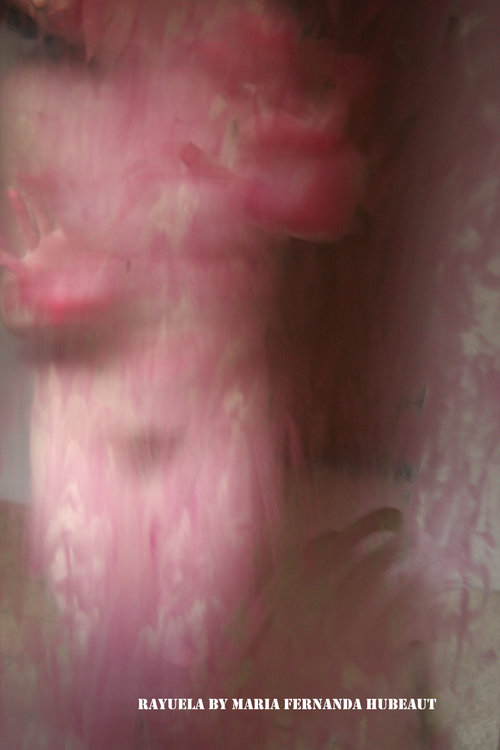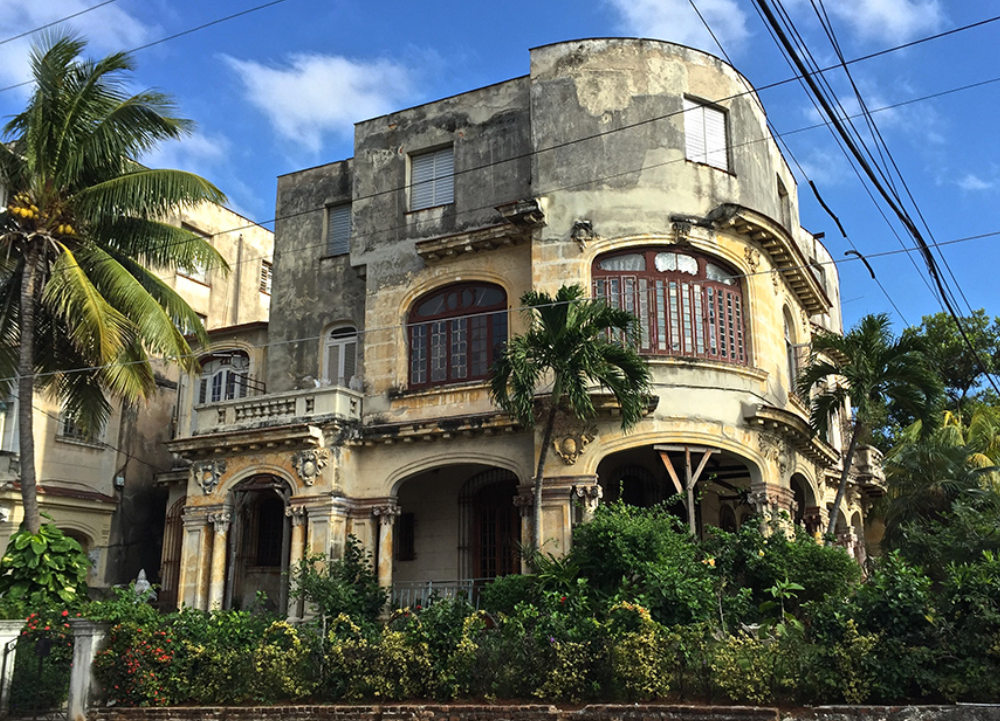“The camera was my way to communicate with people at that time.”
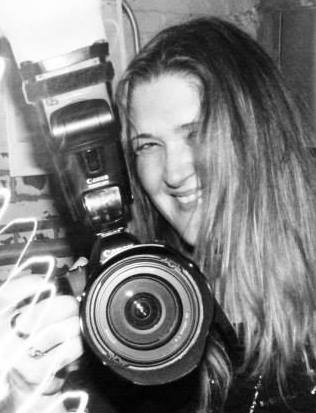
For Maria Fernanda Hubeaut, an Argentine-American artist, photography is a language. It is her method of communication with the world around her. All her work is interconnected within her world. Hubeaut is a self-taught photographer. Surrounded by photos her entire life, she calls photography her “first love.” She has been working in the field since she was a teenager in different capacities: a photojournalist, a teacher and a performance artist.
What got you to start your journey into photography?
I was a very creative child. I loved to paint, but one day I felt so frustrated because I wanted to reproduce exactly. I wanted to copy something. I was trying to be perfect, like a photographer. And I said well, I’ll use the camera. I will be a photographer. My grandfather was a photographer. He had the first Pentax camera and traveled before I was born.
Who or what has inspired your work?
The connection is very emotional with my grandfather. He suddenly entered a coma when I was around 14 years old and that age is very difficult. I felt very bad when they told me he would die because he wasn’t awake already for a month. I remember that I know where he had his camera, the old Pentax. I got it and went to repair it because he don’t use the camera anymore. I wanted the first camera that he brought on his trip. It was helping me to take photos to remember him. The camera was my way to communicate with people at that time. I learned about photography on my own. Six months later I get a job in a photo lab. I learned from other photographers in the lab. Even if I was very shy, when I want something I’m very communicative. Photography was my language.
Can you talk to me about the photo in the gallery, It’s Not Over?
I was on an assignment to cover Pride in June, all the performances on the carrozas [parade floats]. This was 2007, it was a lot of political statements. I always had my camera ready. I was feeling like I wouldn’t get it. I’m very picky. I want something. In that moment, I see this guy dancing. I love the attitude because he looked feminine but not totally changed into feminine. It was something fascinating about the way he moved. What I loved about the photo is that it can be in 1950, you cannot really know because it’s black and white. Also, the outfit because he’s not using any modern clothes. It’s very universal.
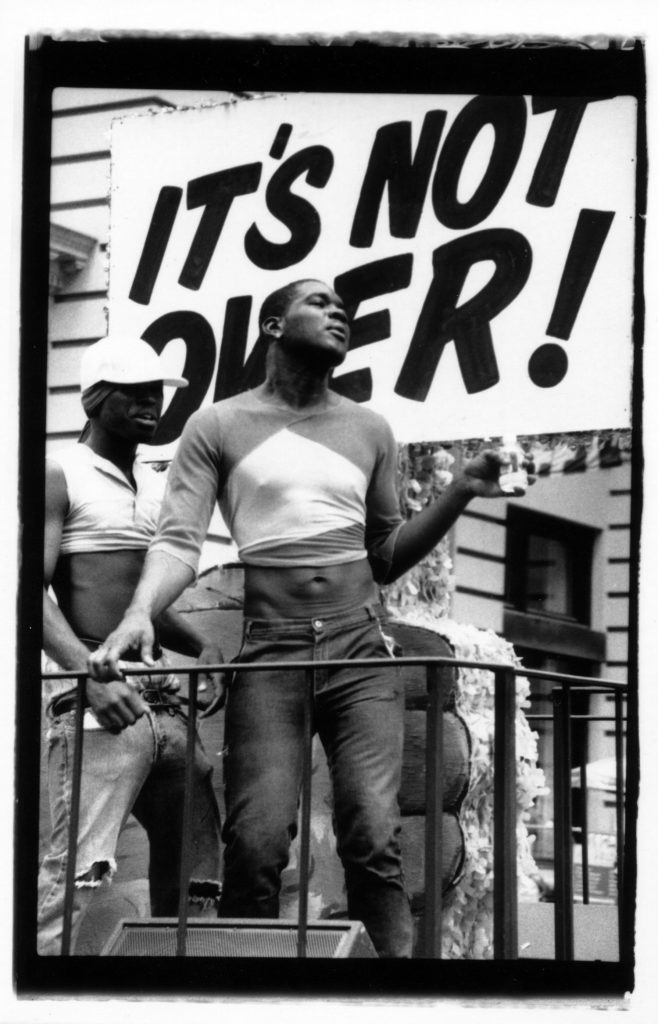
I was drawn to one of your bodies of work, Rayuela. Can you tell me about those photos, what their story is and the hopscotch element?
My life is very interconnected. My own life is like a big hopscotch, a rayuela. It’s a child’s game, but I think it’s an adult game too. You see the structure in front of you, and you have to jump in, throwing the stone, trying to go from the Earth to the sky. Rayuela is the last body of work in my project, “Fotografía Performatica”, and it’s the most intense. When I become a traveler, an immigrant myself, I want to start to explore my new identity as a woman photographer, a female artist. That identity as an artist, as a woman, as a person that does not follow the normal. It’s very simple because it’s a mirror, red lipstick and a person naked. I can be your interviewer now, what is awakening in you when you’re facing this photo?
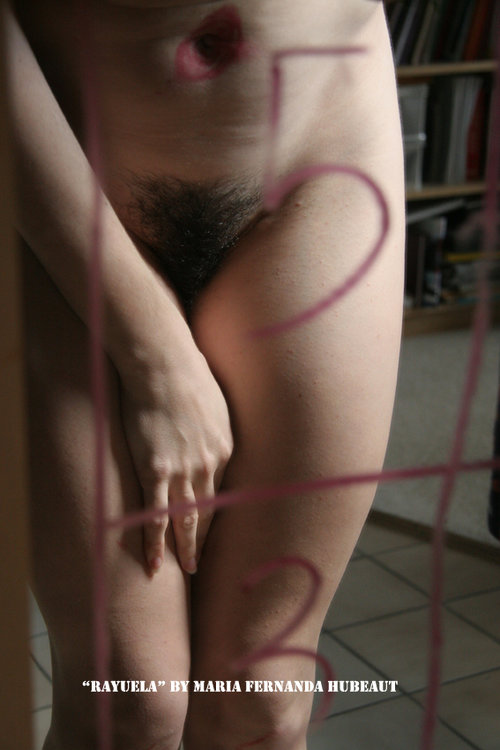
That piece resonated with me a lot. It’s a woman looking in the mirror trying to see perfection. It’s looking at yourself saying, “What can I fix? What can I change?” The lipstick: So I thought, ‘is this woman ashamed of who she is naturally?’ Like the nature of being a woman and menstruation, and she’s trying to be different, trying to ignore that part of herself.
Yes, it’s how she follows the structure at some point, but then she started to leave. She is reborn as herself from the blood. You have blood and freedom in your blood. You can live in this body in many ways. I also give you the space that you complete the sentence. You complete the image.
